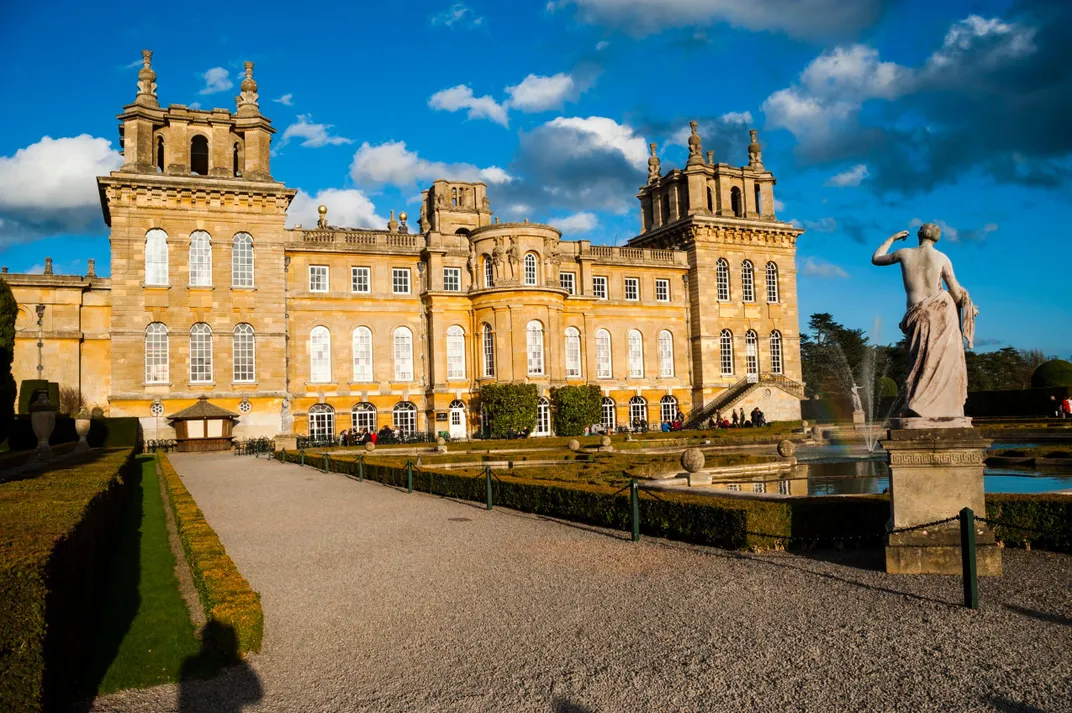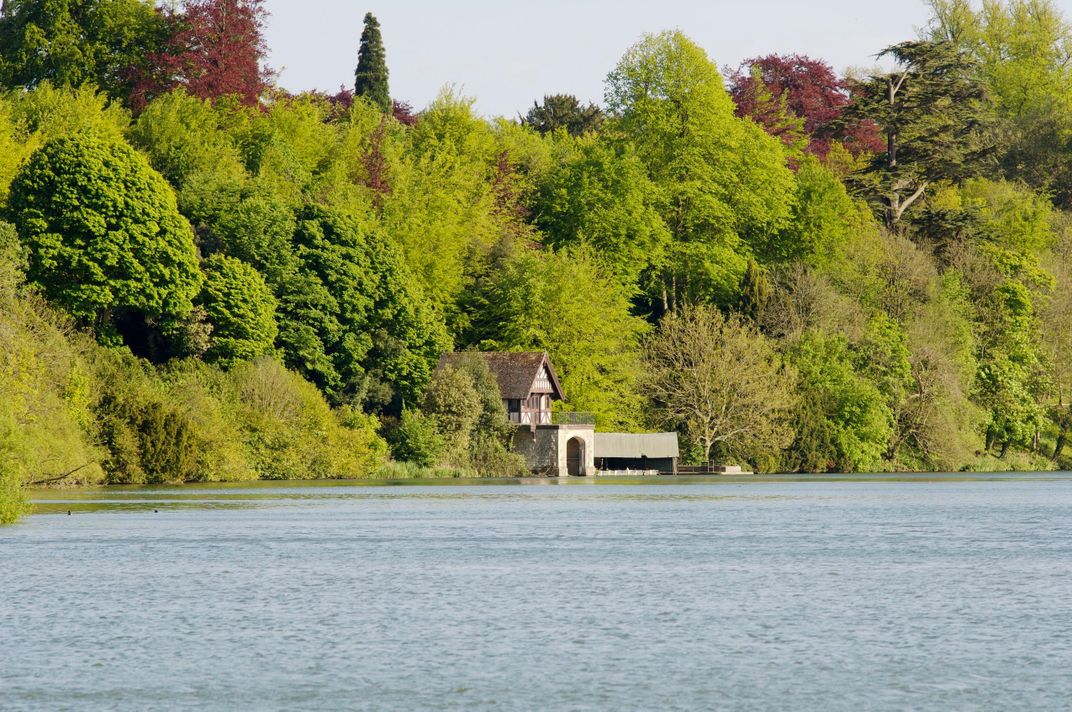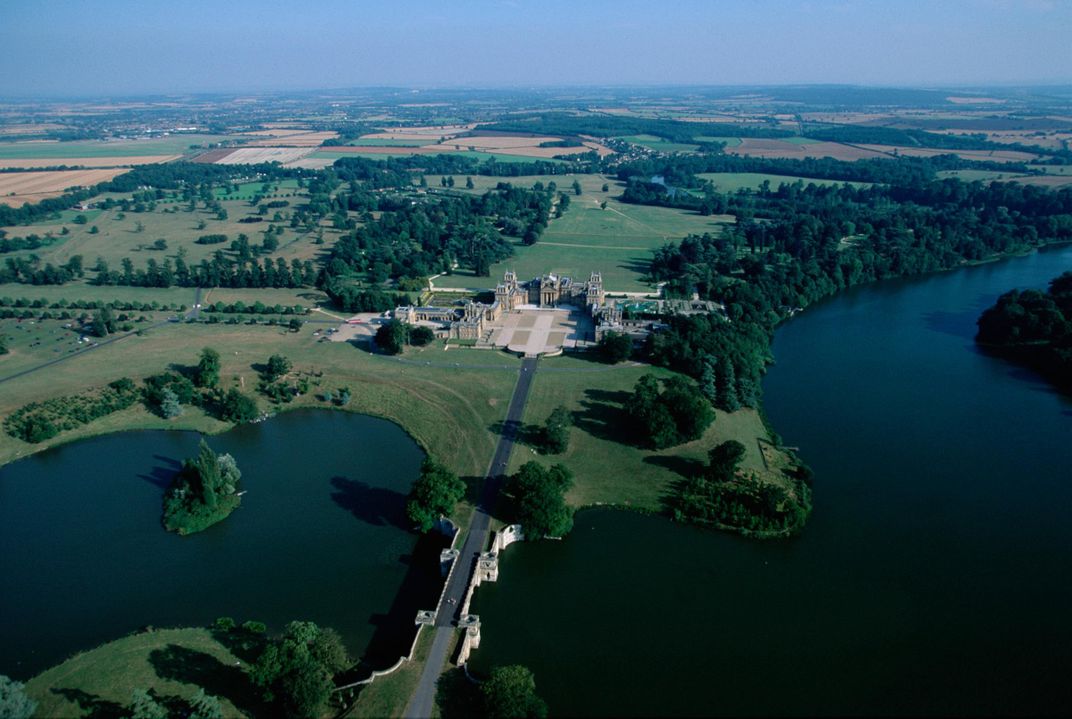Found: The Biggest Collection of Ancient Oaks in Europe
The massive, old trees were hiding in plain sight in the woods of a spectacular mansion
Majestic and picturesque, England’s Blenheim Palace gives an entirely new meaning to the term “country house.” The Baroque English playground was the birthplace of Winston Churchill and is surrounded by lavish gardens planted by Lancelot “Capability” Brown, the inventor of modern landscape architecture. But it turns out there’s something else that's special about the stately manor: As Megan Archer reports for the Oxford Times, it’s now thought to be the home of Europe’s oldest oak trees.
Archer writes that a tree researcher discovered at least 60 trees that date back to the Middle Ages on the property—some more than 900 years old. Aljos Farjon was investigating ancient oaks in England for his upcoming book when he stumbled across a cache of the oak trees deep within the woods that surround the manor.
Blenheim Palace would be spectacular even without the discovery of the hidden existence of Europe’s oldest trees. Unesco, which designated the palace as a world heritage site in 1987, writes that it is “a perfect example of an 18th-century princely dwelling”—a pad so luxurious that it is filled with priceless art and once even hosted its own riding school.
The history of the palace is one of ambitious architectural dreams and shaky finances. Queen Anne gave the 1st Duke of Marlborough, General John Churchill, her ruined royal manor after he felled French forces at the Battle of Blenheim in 1704. The Duke used the land and the cash she gave him to build a gigantic palace studded with ostentatious displays of wealth and power—and landscaped to the nines. Brown used the natural woods surrounding the palace to create a pastoral masterpiece. He apparently left the old oak trees intact.
As the historic home of the Duke of Marlborough, Blenheim fell into disrepair until Consuelo Vanderbilt, an American heiress, married into the estate and financed its restoration with her own money. Nowadays, the spectacular manor hosts horse shows and more than 760,000 visitors each year. Today’s visitors come to see a site that offers a glittering look at British history, but the ancient trees hiding in Blenheim’s forests have seen even more of the past. The discovery shows that the sumptuous palace’s roots are just a bit deeper—and older—than anyone thought.
/https://tf-cmsv2-smithsonianmag-media.s3.amazonaws.com/accounts/headshot/erin.png)



/https://tf-cmsv2-smithsonianmag-media.s3.amazonaws.com/accounts/headshot/erin.png)